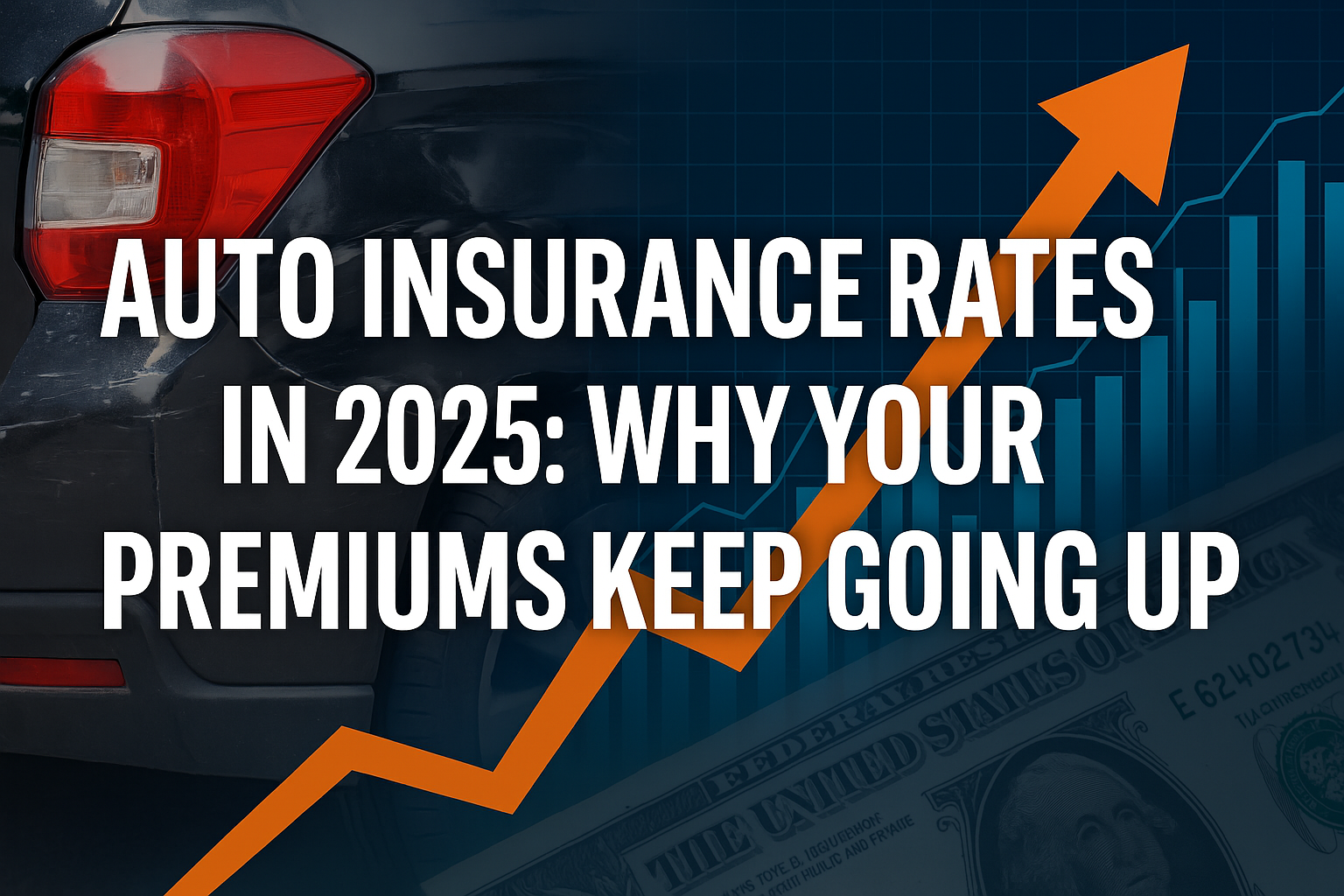
If you’ve opened a renewal notice this year and found yourself stunned by the new number, you’re not alone. In 2025, U.S. auto insurance premiums are rising again—by an average of 7.5%—and for some drivers, it’s much more. After back-to-back increases of 12% in 2023 and 16.5% in 2024, many consumers are asking: why does it keep going up—and when will it stop?
The answer lies in a perfect storm of post-pandemic economics, repair costs, weather events, and new driving habits.
⸻
1. Vehicle Repairs Are More Expensive Than Ever
Modern vehicles are packed with sensors, cameras, and software-driven safety features. While these technologies reduce accident frequency, they drive up the cost of repairs dramatically when collisions do occur.
A minor bumper dent on a 2025 model can cost thousands to fix—not because of the metal—but because of the embedded radar and AI systems that need calibration or replacement.
Key stat: The average repair bill is up 32% since 2020, according to CCC Intelligent Solutions.
⸻
2. More Accidents, More Severe Claims
Despite advancements in vehicle safety, crash rates and claim severity are on the rise. Post-pandemic, more drivers are back on the road, and distracted driving remains a major problem. At the same time, higher medical and legal costs are inflating settlement amounts.
This increases the loss ratio for insurers—how much they pay out in claims relative to premiums received—forcing companies to adjust prices.
⸻
3. Climate Change = More Insurance Payouts
Severe weather events, from hailstorms to floods, are wreaking havoc on cars and insurance portfolios alike. Climate-related claims have surged in recent years, especially in coastal and flood-prone regions.
Insurers are either raising premiums across the board or pulling out of high-risk states entirely, leaving fewer options and less competition.
⸻
4. Inflation and Labor Costs
Just like everything else, the cost of doing business has gone up for insurers. Auto parts are more expensive, body shop labor costs are higher, and claims processing now often includes complex tech infrastructure.
Even digital insurers with streamlined operations are being hit with these macro pressures—and they’re passing those costs to the consumer.
⸻
5. New Pricing Models Are Coming—But Not Fast Enough
While usage-based insurance (UBI), like pay-per-mile plans or telematics-based discounts, are gaining traction, they’re not yet widespread enough to impact premiums for most drivers. And even with UBI, many drivers face surcharges based on location, vehicle type, or credit score.
Until pricing becomes more behavior-driven and personalized, most drivers will continue to see blanket increases.
⸻
Final Thoughts: Navigating the Rate Hikes
Auto insurance premiums in 2025 are rising for complex, interlinked reasons—from economic inflation to environmental instability and technological cost. While some relief may come in the form of innovation or regulatory reform, for now, the best strategy is to shop around, bundle policies, and explore usage-based options where available.
In this market, staying insured smartly means staying informed—and proactive.